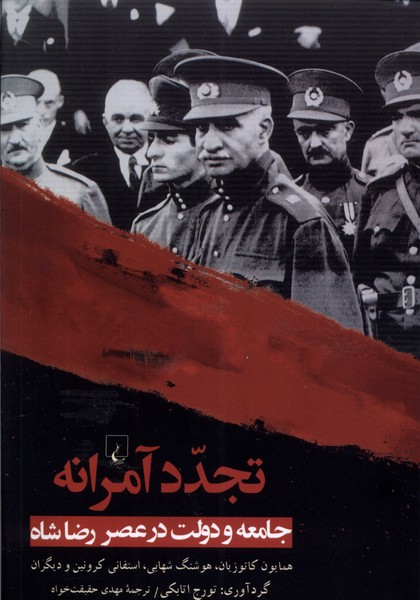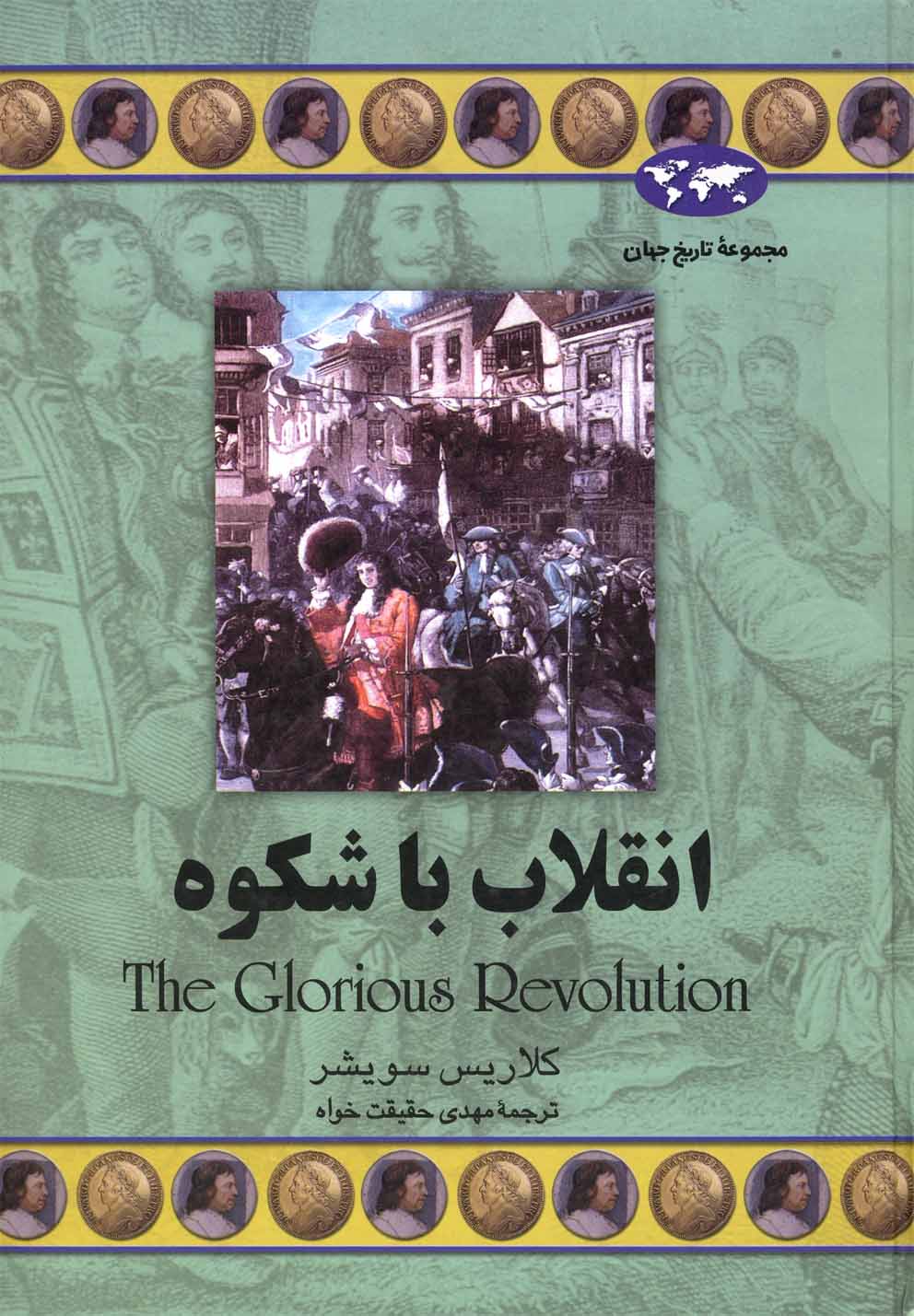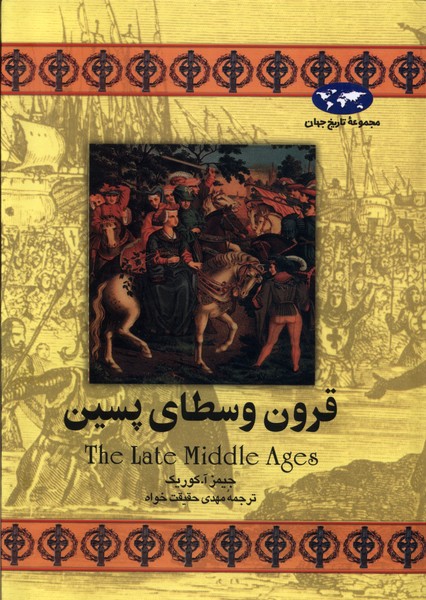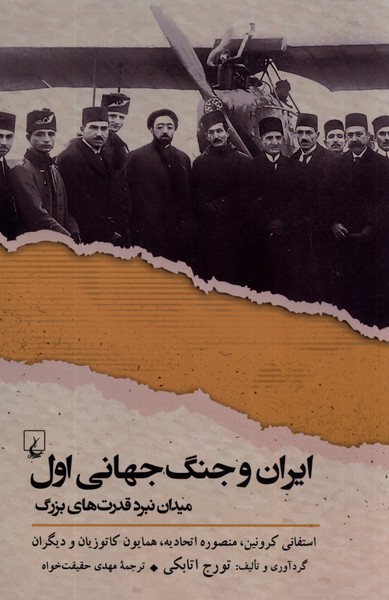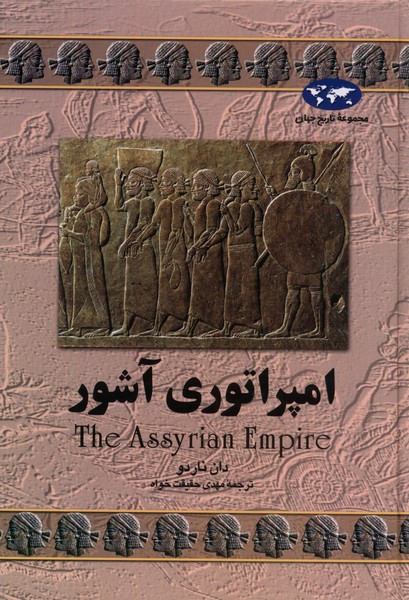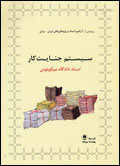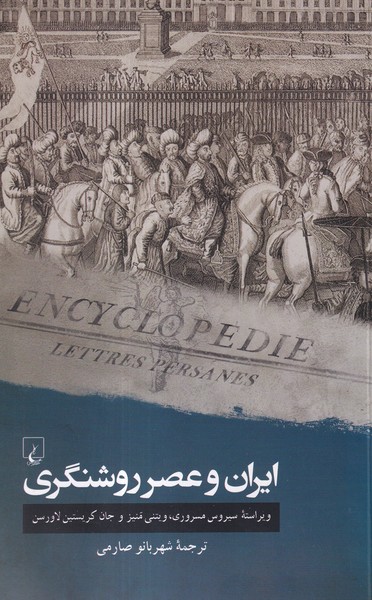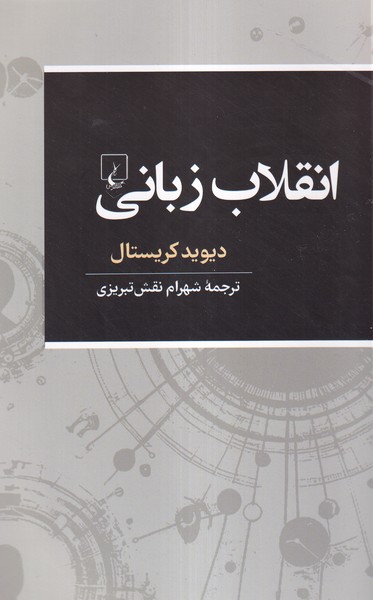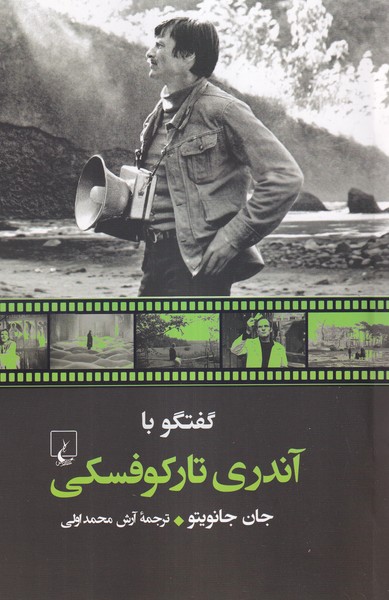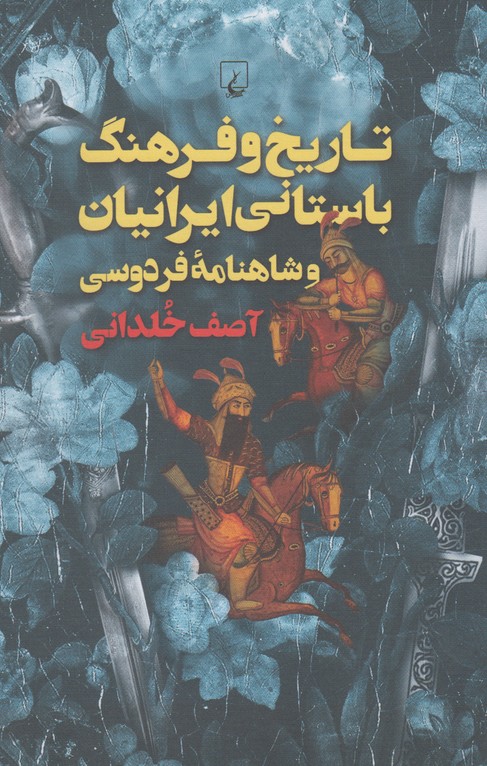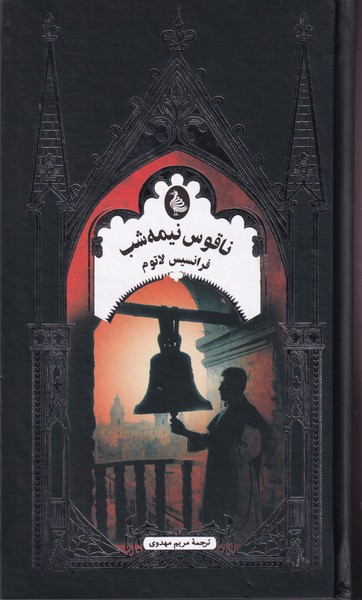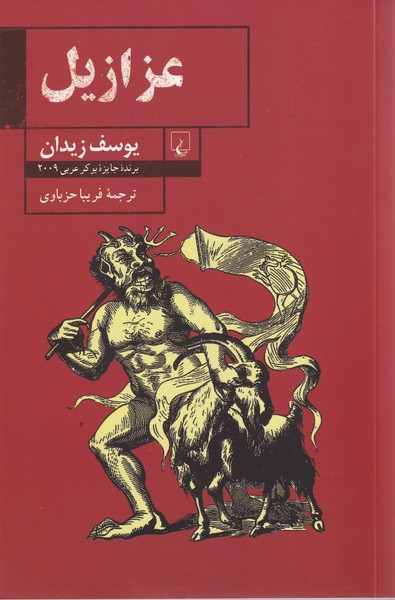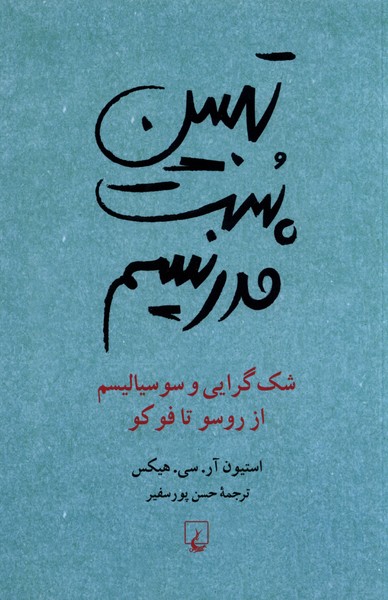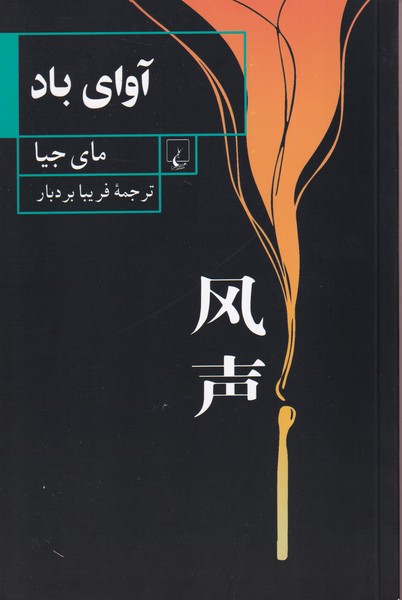Tajadud-i āmiranah: Persian 1402
تجدد آمرانه
16.36 £
Share
Wishlist
ISBN:
9789643116170
Translator:
Mahdī Ḥaqīqat khvāh
Publisher:
Quqnus
Age Group:
Adult
Pages:
286
Weight:
320 g
Dimensions:
14 x 21 x 2.6 cm
Book Cover:
Paperback
"Todajraneh" is a book written by "Toraj Atabaki" in which he will examine the "society and government of Reza Shah's era".
This book examines the rise and fall of Reza Shah, and the collection of articles on "authoritarian modernization" shows how the French model after Napoleon or Bonapartist, which means the establishment of a powerful central government and the industrialization of society, became the main model of Iran's modernization. Even though Iran chose the model of modernity for its modernization, it ignored the most important assumption of the European modern era, i.e. replacing the individual with the group as the foundation of the society's structure.
Since the intellectuals, who were disappointed by the failure of the constitution and the resulting instability, linked any change from below with weakening the unity and independence of the country, any reform from below was equal to harming the unity and independence of the country. As a result, they saw the power of the central government as the only possible driving force for change and provided the context for a strong and inspiring leader to ensure the coordinated functioning of government agencies.
"Authoritarian Modernization" by "Toraj Atabaki" includes a collection of articles on "Society and Government in Reza Shah's Era". In Europe, absolute rule lasted for four centuries, but in the history of Iran, arbitrary rule has been a common and natural form of rule. Another is that the European absolute government relies on the owner class, so it is limited to a legal framework, but the Iranian arbitrary government is independent of all social classes and is not only at the top, but beyond the society, and therefore it is only with the scope of its physical power that is limited.
more
"تجدد آمرانه" کتابی است به کوشش "تورج اتابکی" که در آن "جامعه و دولت عصر رضاشاه" را زیر ذره بین خواهد برد.
این کتاب به بررسی ظهور و سقوط رضاشاه میپردازد و مجموعه مقالات "تجدد آمرانه" نشان می دهد که چگونه مدل فرانسوی پس از ناپلئونی یا بناپارتیستی، که به معنای استقرار دولت مرکزی قدرتمند و صنعتی شدن جامعه است، الگوی اصلی نوسازی ایران شد. علیرغم این واقعیت که ایران مدل مدرنیته را برای مدرنیزاسیون خود انتخاب کرد، اما از مهم ترین فرض عصر مدرن اروپا، یعنی جایگزینی فرد با گروه به عنوان زیربنای ساختار جامعه چشم پوشی کرد.
از آنجا که روشنفکران که از شکست قانون اساسی و بی ثباتی ناشی از آن ناامید شده بودند، هرگونه تغییر از پایین را با تضعیف وحدت و استقلال کشور پیوند می زدند، هرگونه اصلاح از پایین با آسیب به وحدت و استقلال کشور برابر می شد. در نتیجه، آنها قدرت حکومت مرکزی را تنها نیرو محرکهی ممکن برای تغییر دانستند و زمینه را برای یک رهبر قوی و الهام بخش جهت اطمینان از عملکرد هماهنگ سازمانهای حکومتی فراهم کردند.
"تجدد آمرانه" به کوشش "تورج اتابکی" شامل مجموعه ای از مقالات در زمینهی "جامعه و دولت عصر رضاشاه" است. در اروپا حکومت مطلق چهار قرن دوام می آورد ولی در تاریخ ایران، حکومت خودسرانه یک شکل رایج و طبیعی از حکومت بوده است. دیگر اینکه دولت مطلق اروپایی به طبقه مالک متکی است، بنابراین محدود به یک چارچوب قانونی است، اما دولت خودسر ایرانی مستقل از تمام طبقات اجتماعی است و نه فقط در رأس، بلکه فراتر از جامعه است و بنابراین فقط با دامنهی قدرت فیزیکی خود است که محدود می شود.
more

